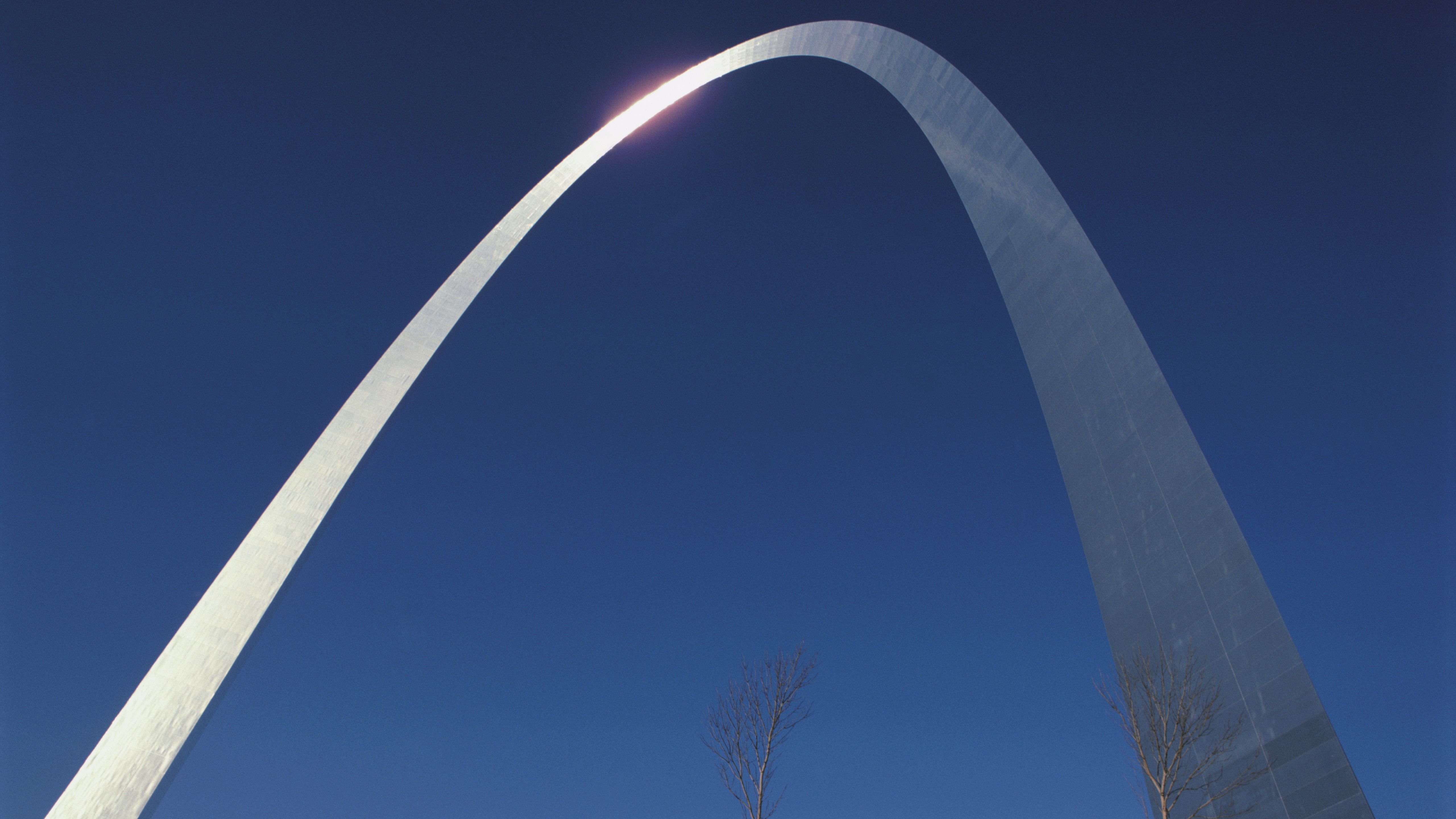Chick Corea’s “Children’s Songs”: Simplicity as Beauty
The late jazz pianist Chick Corea began writing the solo piano collection, Children’s Songs, in 1971. The set of twenty short songs follows the model of Bartók’s Mikrokosmos. In the preface, Corea wrote that the music was intended “to convey simplicity as beauty, as represented in the Spirit of a child.” Each of the twenty songs opens up a magical new vignette, each with its distinct atmosphere. At the same time, a sense of motivic …







